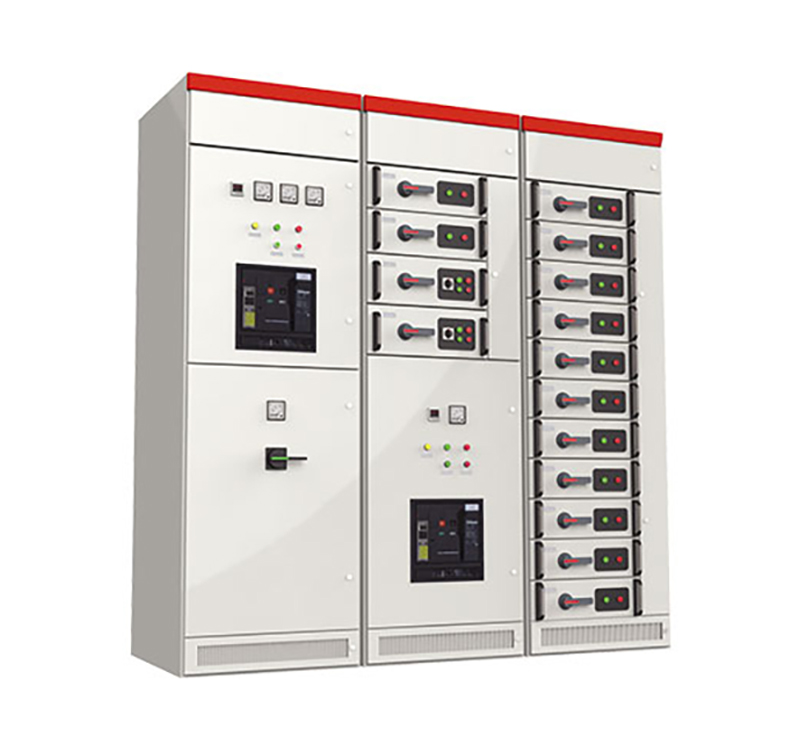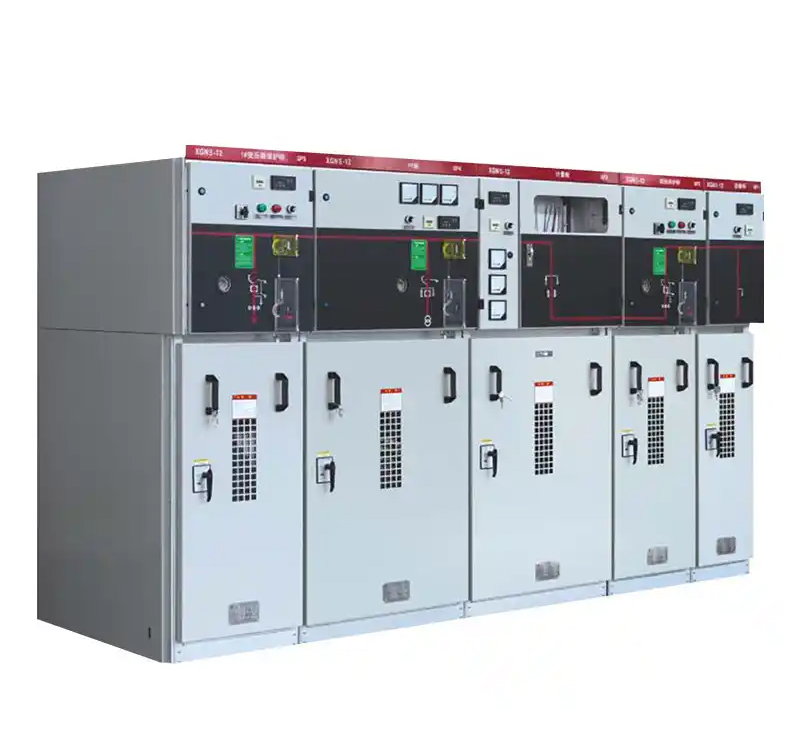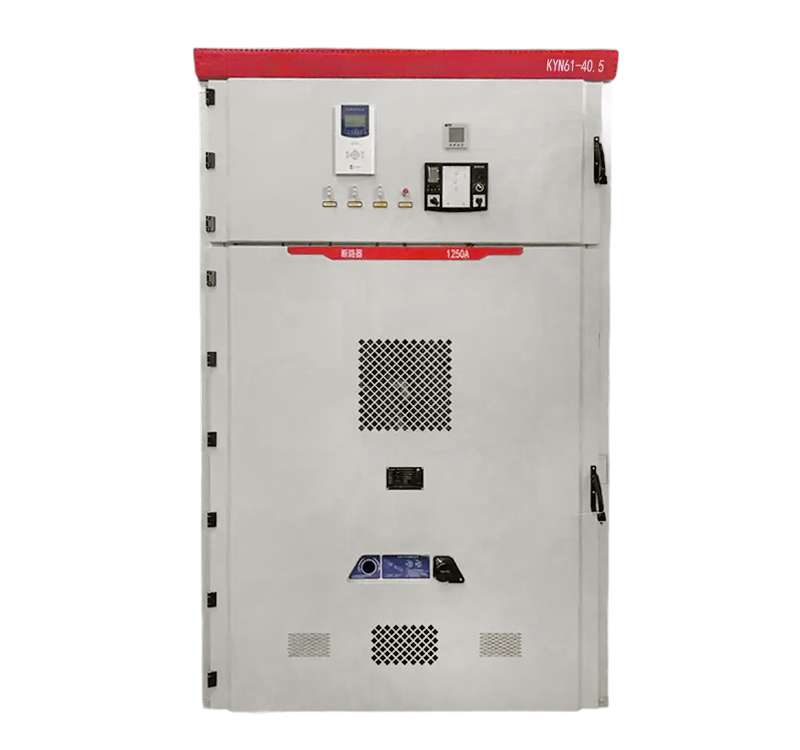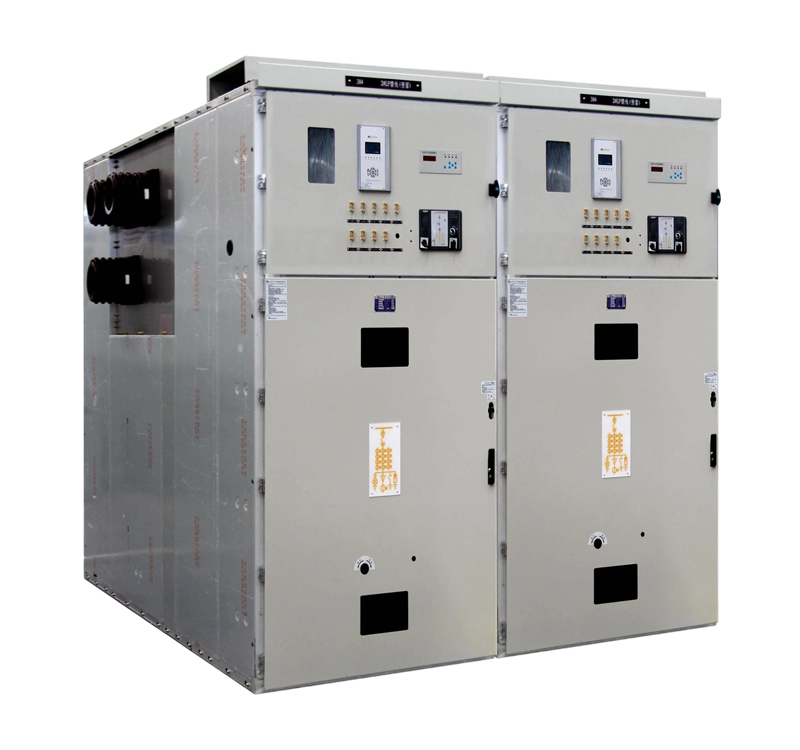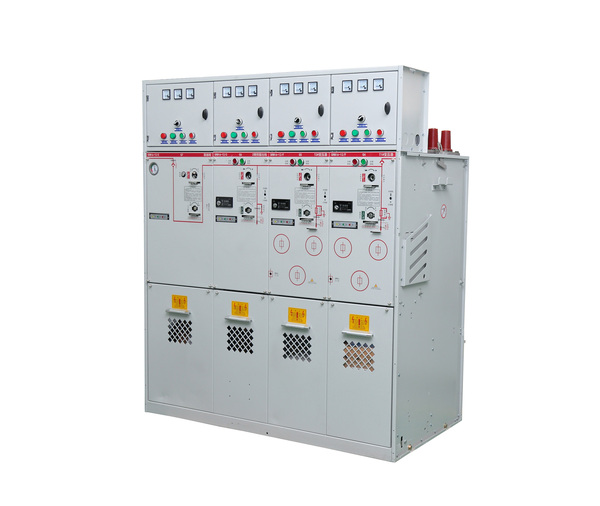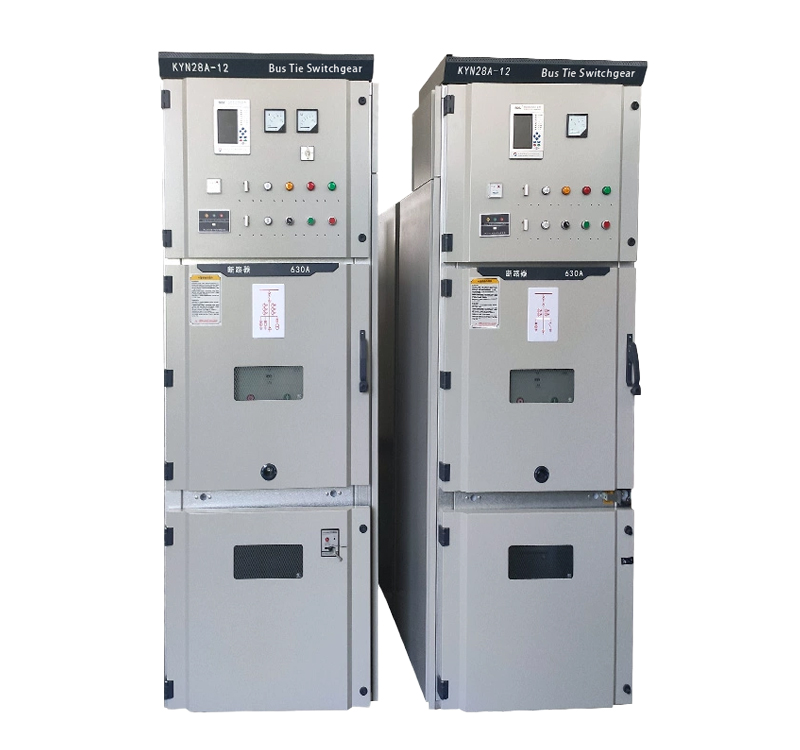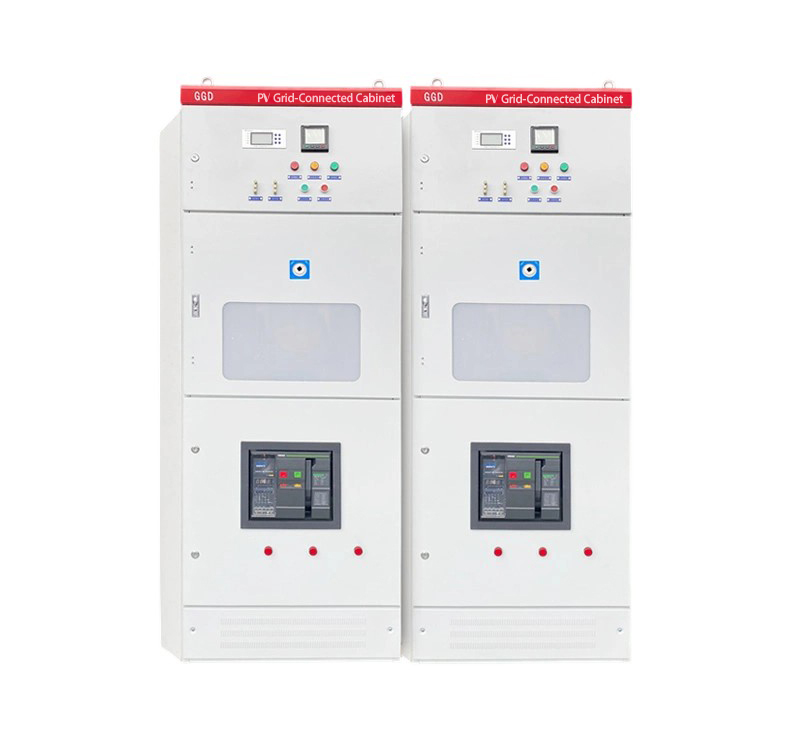
A Low-Voltage Switchgear(LVS) is a critical distribution apparatus within an electrical power system. Typically located at the end of the distribution network (downstream of step-down transformers), it supplies power directly to various electrical loads. Its primary functions are summarized as follows:
1.Power Reception and Distribution:
This is the core function. The LVS receives electrical power from the upstream source (e.g., transformer LV side or upstream distribution board).
Utilising internal components like busbars, isolators/disconnectors, circuit breakers, and fuses, it safely, reliably, and orderly distributes power to downstream circuits, branch circuits, or electrical loads (such as motors, lighting, sockets, HVAC systems, production lines, etc.).
2.Circuit Control:
Devices installed within the Switchgear (circuit breakers, contactors, load break switches) allow operators or automation systems to conveniently energize or de-energize controlled circuits.
This enables control functions like starting, stopping, and operational state changes of electrical equipment.
3.Circuit and Equipment Protection:
Overload Protection: When circuit current exceeds the permitted continuous rating (overload), protective devices like circuit breakers or thermal overload relays operate to disconnect the supply, preventing conductor overheating, fire hazards, or equipment damage.
Short-Circuit Protection: In the event of phase-to-phase or phase-to-earth faults causing high short-circuit currents, circuit breakers or fuses rapidly trip or rupture to isolate the faulted circuit. This protects upstream sources, distribution cabling, and equipment from damage due to high fault currents.
Earth Fault/Residual Current Protection (Optional): Devices like Residual Current Devices (RCDs) / Ground Fault Circuit Interrupters (GFCIs) rapidly disconnect the supply upon detection of earth leakage currents, safeguarding personnel against electric shock and preventing electrical fires.
Undervoltage/Overvoltage Protection (Optional): Monitors voltage levels and disconnects the supply if voltages fall below or rise above safe operating limits, protecting sensitive equipment.
4.Circuit Isolation:
Isolators (Disconnectors) provide a visible, secure break point for safely isolating circuits or equipment from the power source during maintenance or repair. This ensures personnel safety and is a fundamental requirement of electrical safety regulations.
5.Monitoring and Metering:
Instruments typically installed within the switchboard (ammeters, voltmeters, power meters, energy meters/kWh meters) enable real-time monitoring of circuit parameters such as current, voltage, power, power factor, and energy consumption.
Provides essential data for operational management, energy accounting, and fault diagnosis.
6.Integration and Structural Support:
Integrates dispersed switching devices, protective devices, measuring instruments, busbars, and wiring into a compact, enclosed metal enclosure meeting specified ingress protection (IP rating) requirements.
Provides robust mechanical support and electrical segregation, preventing accidental contact with live parts (minimum protection degree, e.g., IP2X or higher), and shields internal components from dust, moisture, foreign objects, and mechanical impact.
Optimizes space utilization, contributing to a neater and safer switchroom layout.
7.Expandability and Flexibility:
Employing modular design facilitates the addition or removal of outgoing feeder circuits according to evolving load requirements.
Simplifies future maintenance and component replacement.
In summary, the core function of a Low Voltage Switchboard is to: safely, reliably, and flexibly receive incoming electrical power, and then rationally distribute, control, protect, and monitor it, ultimately delivering it safely to various low voltage electrical loads. It acts as the crucial hub connecting the utility supply or transformer to the end-user loads, ensuring the safe, stable, and efficient operation of the entire LV distribution system.
Primary Applications: Industrial plants, mines, commercial buildings (offices, malls, hotels), residential complexes, hospitals, schools, data centers, and infrastructure projects (subways, airports, ports) – essentially any facility requiring low voltage electrical power distribution.

